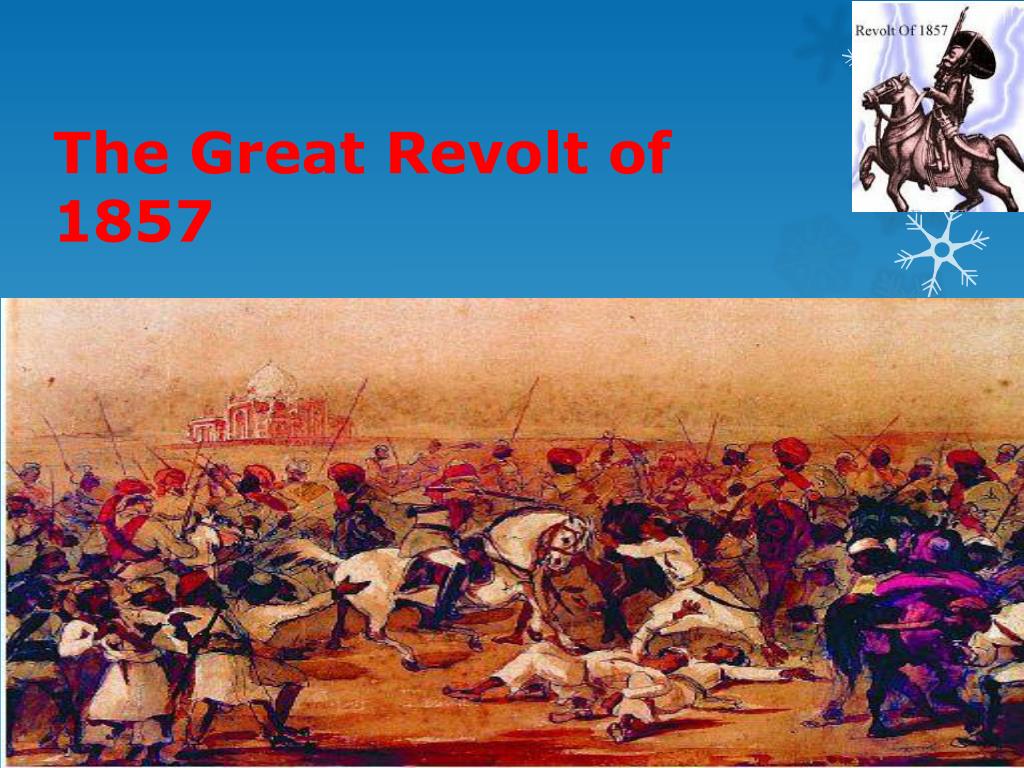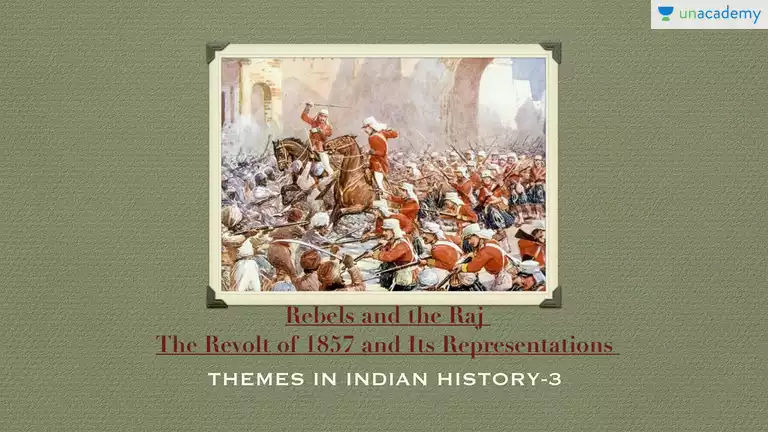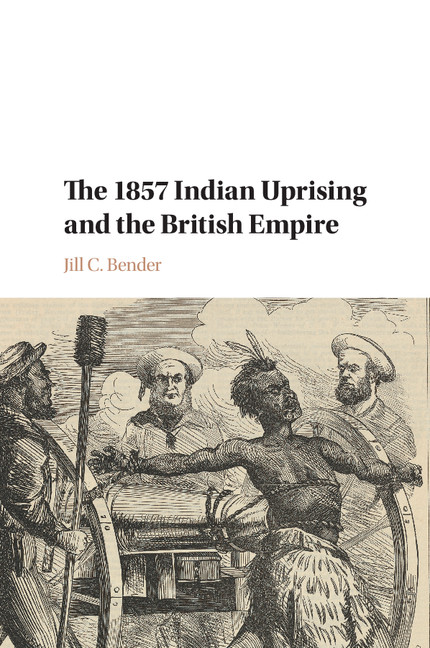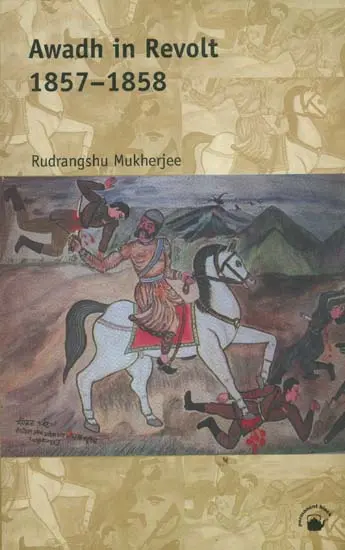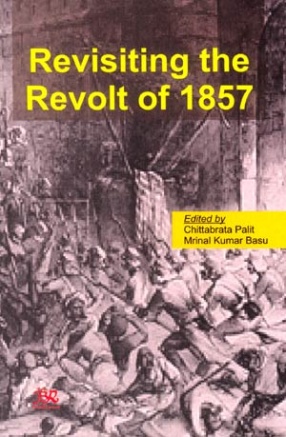The Revolt of 1857, also known as the Indian Rebellion of 1857 or the Indian Mutiny, was a major uprising that took place in India in the latter half of the 19th century. This revolt was a significant event in the history of the Indian subcontinent and had far-reaching consequences for the future of India and its relationship with the British Empire.
The roots of the Revolt of 1857 can be traced back to a number of social, economic, and political factors that had been brewing in India for decades. One of the primary causes of the revolt was the discontent among the native Indian population with the policies of the British East India Company, which had been ruling India since the early 18th century. The company had implemented a number of measures that were seen as oppressive and exploitative by the Indian people, including heavy taxes, land confiscations, and forced labor.
In addition to these economic grievances, there was also a strong sense of cultural and religious resentment among the Indian population towards the British. Many Indians saw the British as outsiders who had imposed their own customs and values on the country, and this led to a sense of alienation and frustration among the native population.
The final spark that ignited the Revolt of 1857 was the introduction of the Enfield rifle, which used a new type of cartridge that was rumored to be coated with beef and pork fat. This caused outrage among the Hindu and Muslim soldiers in the British army, who were forbidden from consuming these foods according to their religious beliefs.
The Revolt of 1857 began on May 10, 1857, when a group of Indian soldiers in the town of Meerut mutinied and marched on Delhi, capturing the city and establishing a rebel government. From there, the rebellion spread quickly throughout northern and central India, with numerous Indian princes and rebel leaders joining the fight against the British.
Despite the initial success of the rebellion, the British were eventually able to regain control of India and put down the revolt. The rebellion was brutally suppressed, with thousands of Indians being killed or imprisoned. However, the Revolt of 1857 had a lasting impact on the relationship between India and the British Empire, and it is seen as a turning point in the history of the Indian subcontinent.
The Revolt of 1857 had a number of consequences for India and the British Empire. In the aftermath of the rebellion, the British government assumed direct control of India, ending the rule of the East India Company. This marked the beginning of the British Raj, which would last until 1947, when India gained independence.
The Revolt of 1857 also had a profound impact on the way that the British viewed and interacted with India. The rebellion made it clear that the British could no longer take the loyalty of the Indian people for granted, and they began to adopt a more conciliatory approach to governing the country. This included the introduction of reforms such as the Indian Councils Act of 1861, which granted Indians a greater say in the governance of their own country.
Overall, the Revolt of 1857 was a significant event in the history of India and the British Empire. It was a turning point in the relationship between the two countries and had far-reaching consequences for the future of India and its people.
